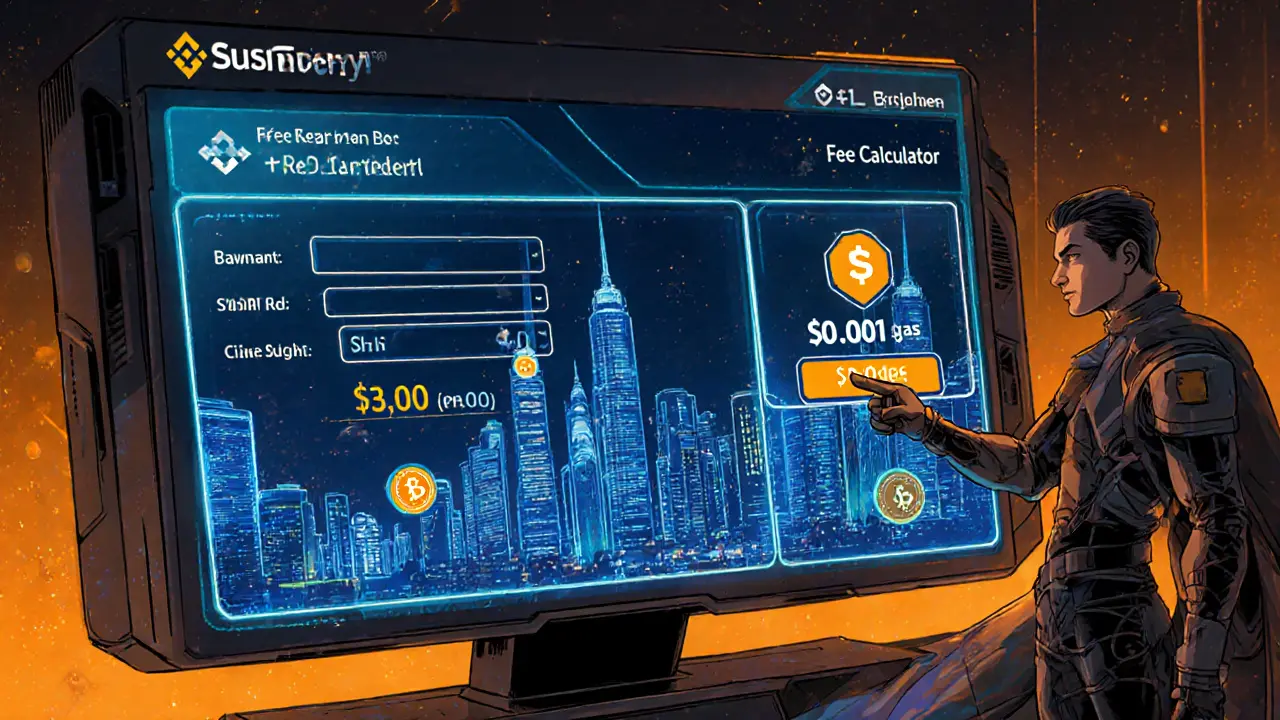SushiSwap BSC Review: Fees, Liquidity & Yield Farming Explained
A detailed SushiSwap BSC review covering fees, liquidity depth, yield farming, governance, security, and a step‑by‑step guide for new users.
Continue ReadingWhen diving into SushiSwap yield farming, a way to earn extra crypto by providing liquidity to SushiSwap pools, you’re really tapping into a broader DeFi trend. Also called liquidity mining, the practice of staking LP tokens to collect rewards, this method relies on the SUSHI token, SushiSwap’s native governance and reward token. Understanding how these pieces fit together helps you avoid common pitfalls and make the most of your capital.
At its core, SushiSwap is a decentralized exchange (DEX) that uses an automated market maker (AMM) model. The AMM automatically sets prices based on the ratio of assets in a pool, which means anyone can become a market maker by depositing tokens. This liquidity provision drives trading volume, and in return the protocol distributes SUSHI rewards—a process known as yield farming. Because the rewards are tied to the amount of LP (liquidity provider) tokens you hold, the more you contribute, the bigger your slice of the pie.
First, AMM mechanics, the algorithm that balances token ratios in a pool determine the price slippage you’ll face when swapping. Second, impermanent loss, the temporary loss of value compared to simply holding the assets can eat into your rewards if the price of the pooled tokens diverges sharply. Third, the SUSHI distribution model, how new tokens are minted and allocated to farmers affects the APR you see on the dashboard. Putting these together, you get the semantic triple: "SushiSwap yield farming encompasses liquidity provision, which influences SUSHI rewards and impermanent loss exposure."
Another important entity is the Kashi lending platform, SushiSwap’s integrated lending service that lets you earn extra yield on borrowed assets. By using Kashi, you can boost your effective APR, but you also add counter‑party risk and higher complexity. The platform shows how DeFi ecosystems interlink: yield farming requires understanding of both AMM dynamics and lending strategies.
When you start, ask yourself three practical questions: What pair will you provide liquidity for? How volatile is each token, and how will that affect impermanent loss? And finally, how does the current SUSHI inflation rate compare to other farms? Answering these shapes your risk‑reward profile and guides you toward the most profitable pools.
The community also offers tools like SushiSwap’s analytics page (not a real link) and third‑party dashboards that track real‑time APR, token price, and TVL (total value locked). These resources let you spot high‑yield opportunities and quickly exit if a pool’s performance drops. Remember, the DeFi landscape shifts fast—what looks good today might be over‑saturated tomorrow.
Below you’ll find a curated collection of articles that walk through specific SushiSwap farms, compare SUSHI rewards across chains, break down impermanent loss calculators, and share real‑world farming strategies. Whether you’re a beginner looking for step‑by‑step guides or an experienced farmer hunting the next high‑APR pool, the posts ahead will give you actionable insights to boost your returns while staying aware of the risks.
Ready to explore the details? Dive into the articles below and start building a farming plan that matches your risk tolerance and profit goals.

A detailed SushiSwap BSC review covering fees, liquidity depth, yield farming, governance, security, and a step‑by‑step guide for new users.
Continue Reading